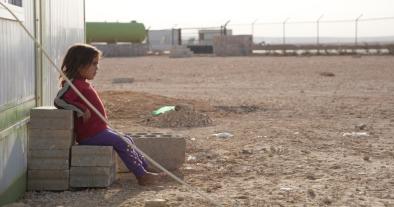Science Source
On the Increased Frequency of Mediterranean Drought
- Finds the land area surrounding the Mediterranean Sea has experienced 10 of the 12 driest winters since 1902 in just the last 20 years
- Finds a change in wintertime Mediterranean precipitation toward drier conditions has likely occurred over 1902–2010 whose magnitude cannot be reconciled with internal variability alone
- Finds anthropogenic greenhouse gas and aerosol forcing are key attributable factors for this increased drying, though the external signal explains only half of the drying magnitude
- Finds, furthermore, that sea surface temperature (SST) forcing during 1902–2010 likely played an important role in the observed Mediterranean drying, and the externally forced drying signal likely also occurs through an SST change signal
Related Content
Headline

Mar 14, 2016 | Amnesty International
Syria's refugee crisis in numbers
Science Source
| UN-ESCWA
Inventory of Shared Water Resources in Western Asia
United Nations Economic and Social Commission for Western Asia (ESCWA)
Science Source
| SAIS Review of International Affairs
Did We See It Coming?: State Fragility, Climate Vulnerability, and the Uprisings in Syria and Egypt
Caitlin E. Werrell, Francesco Femia, Troy Sternberg
Science Source
| American Meteorological Society
Water, drought, climate change, and conflict in Syria
Peter H. Gleick


